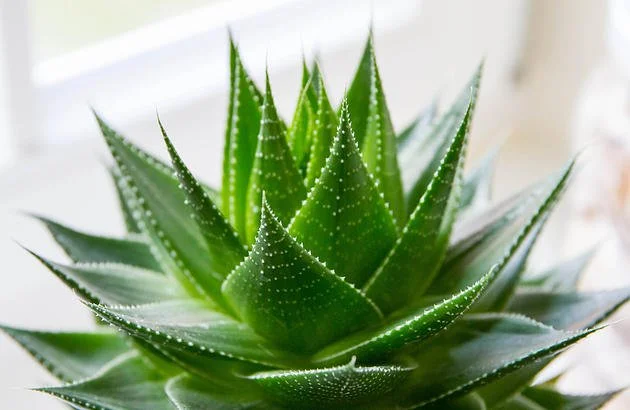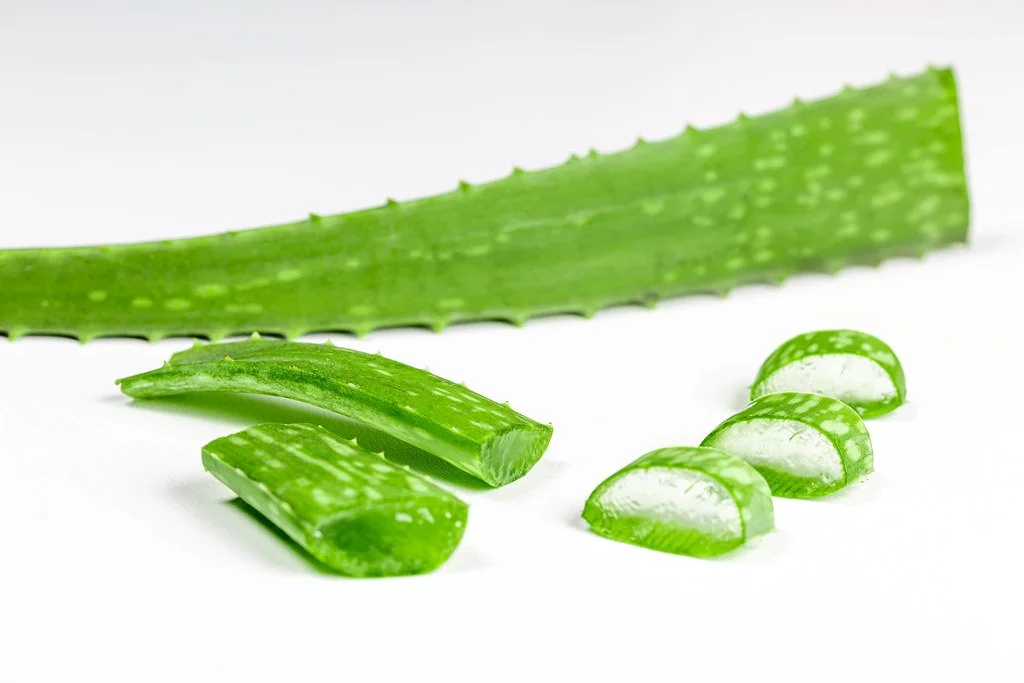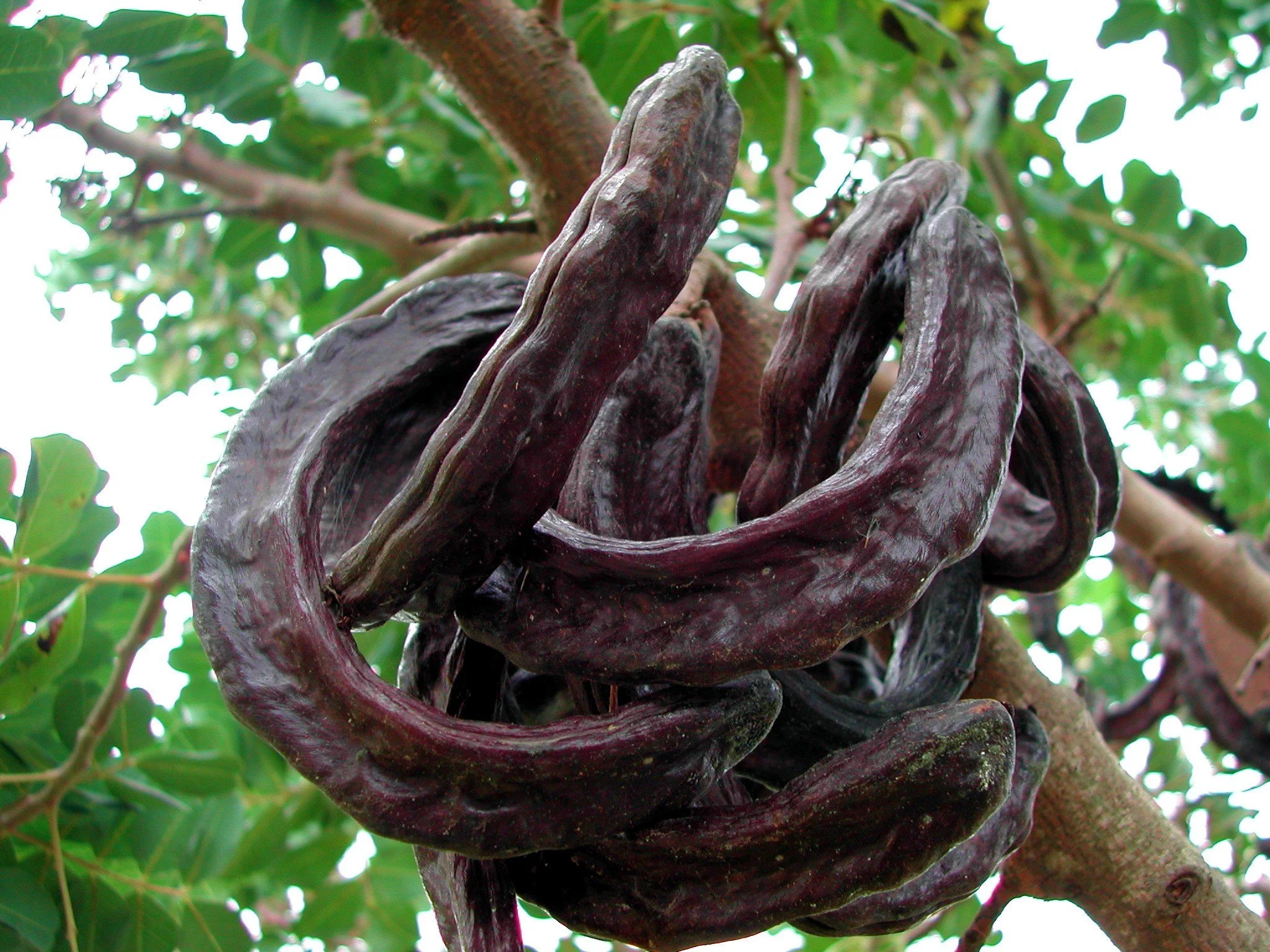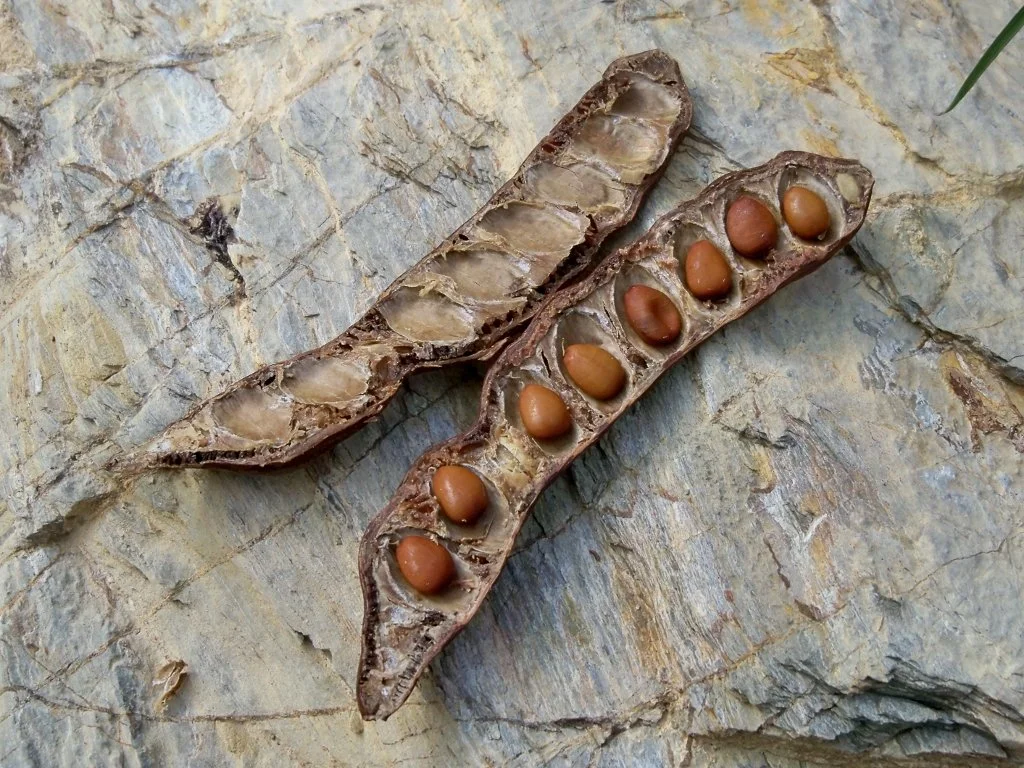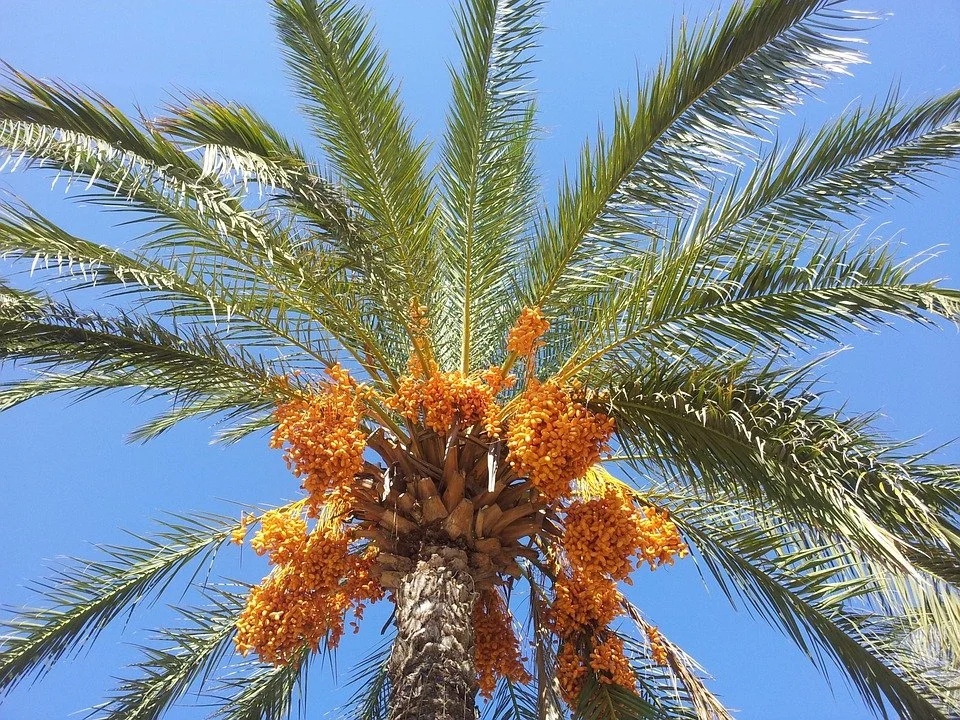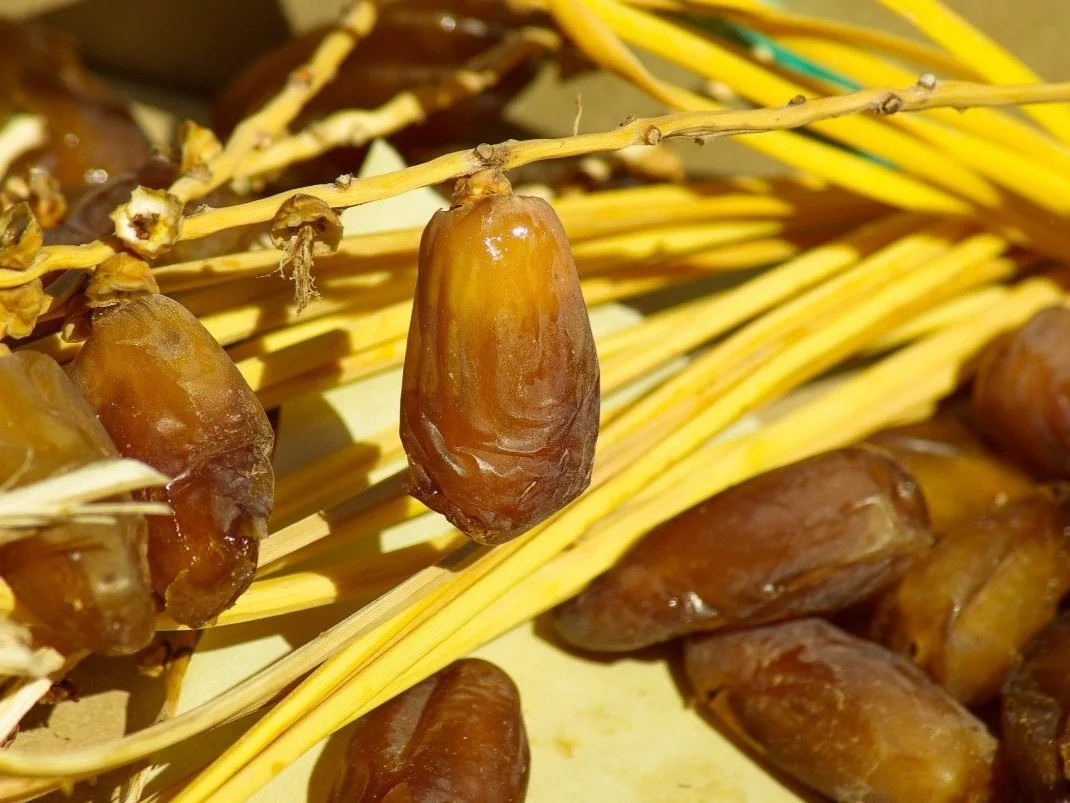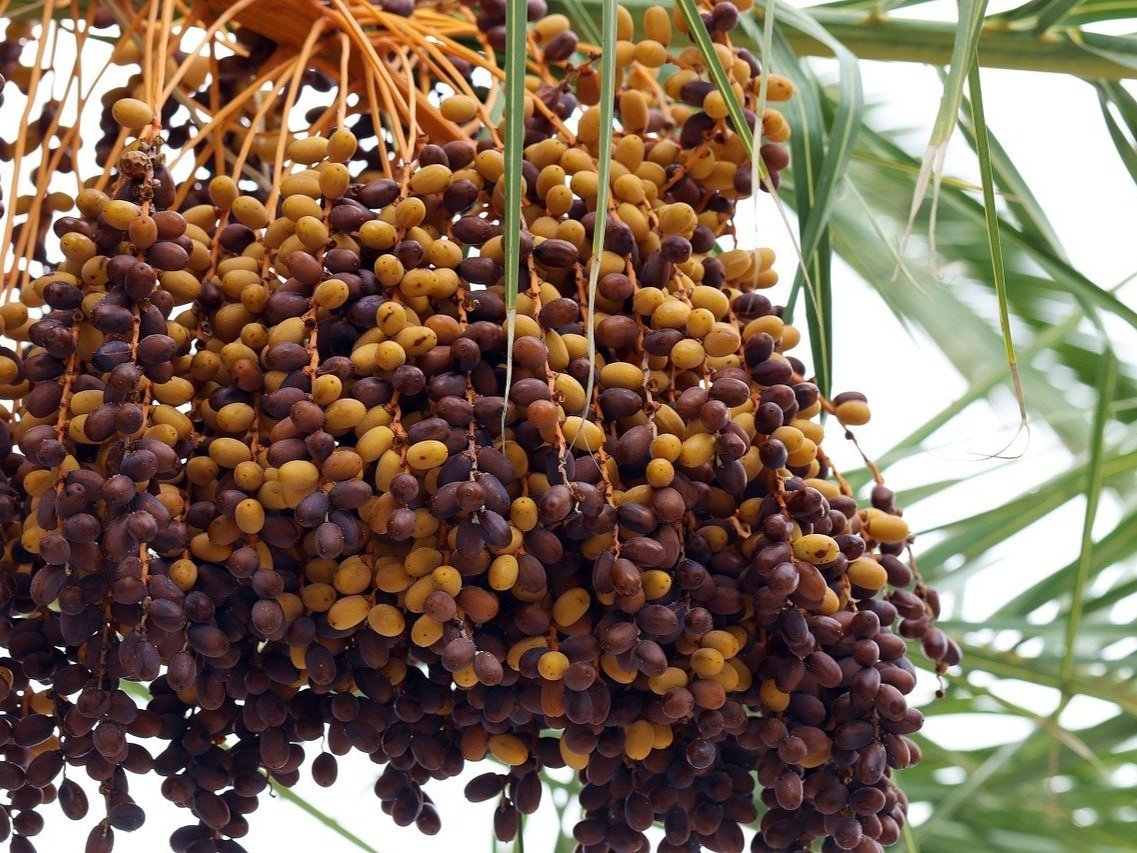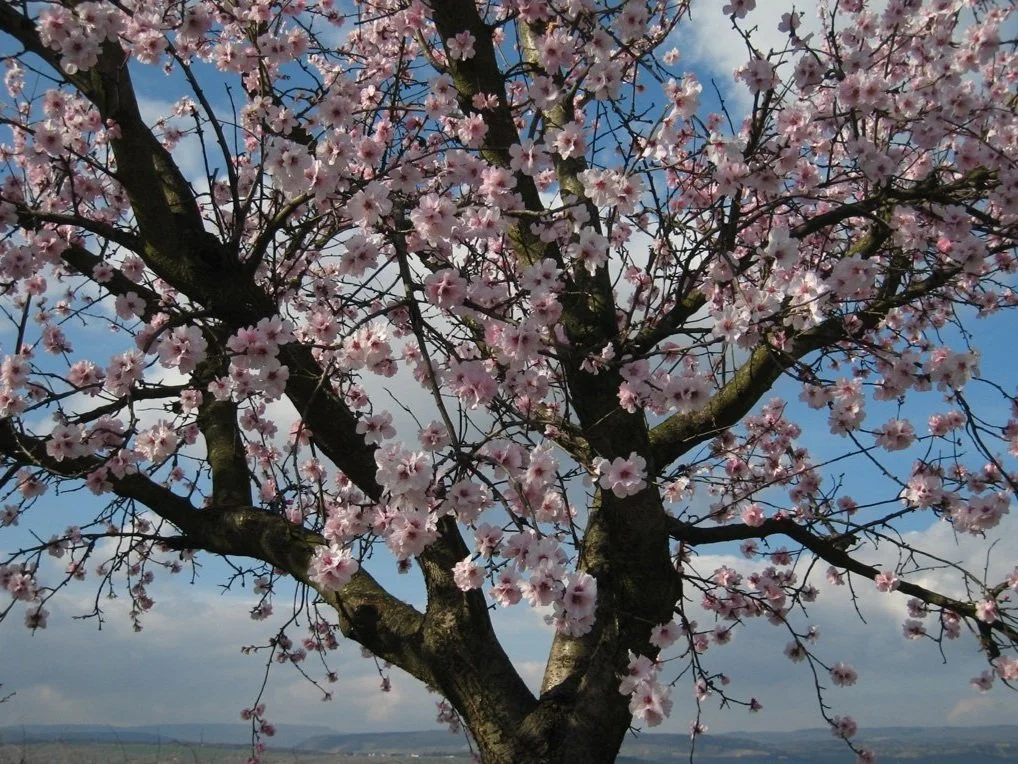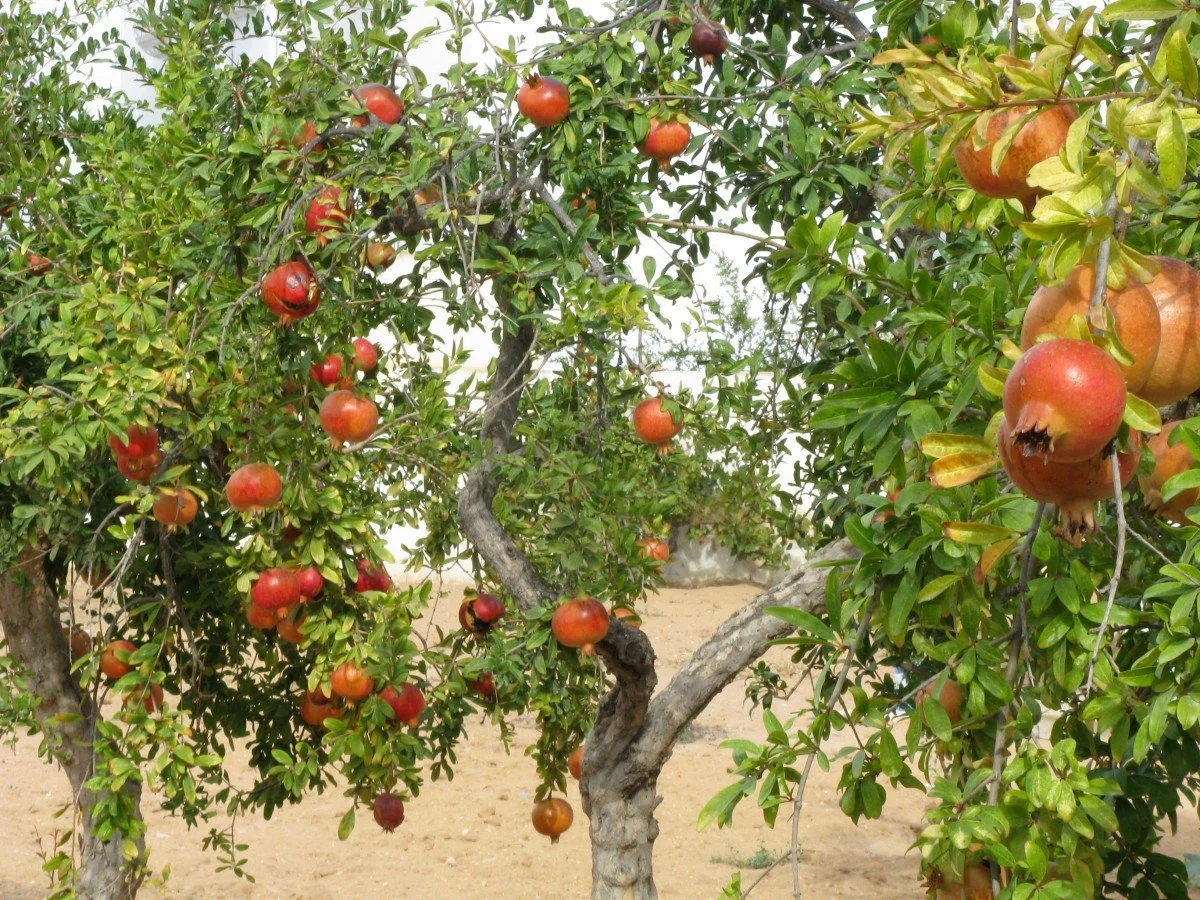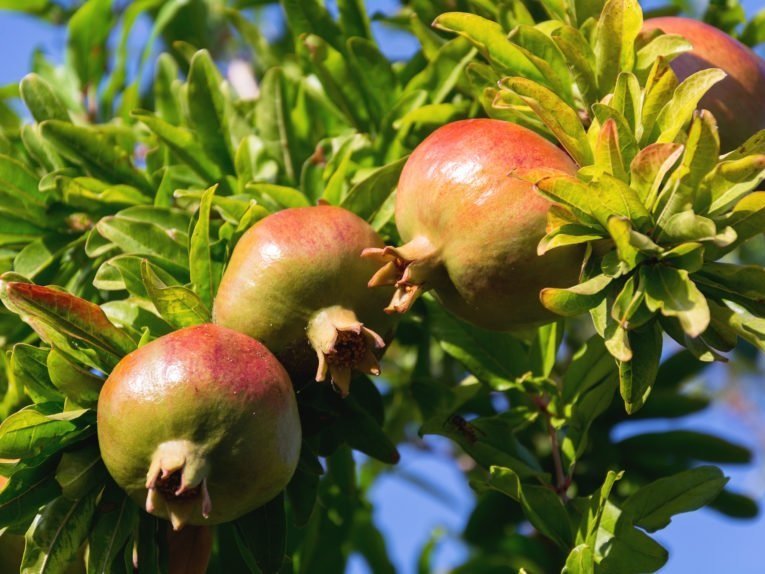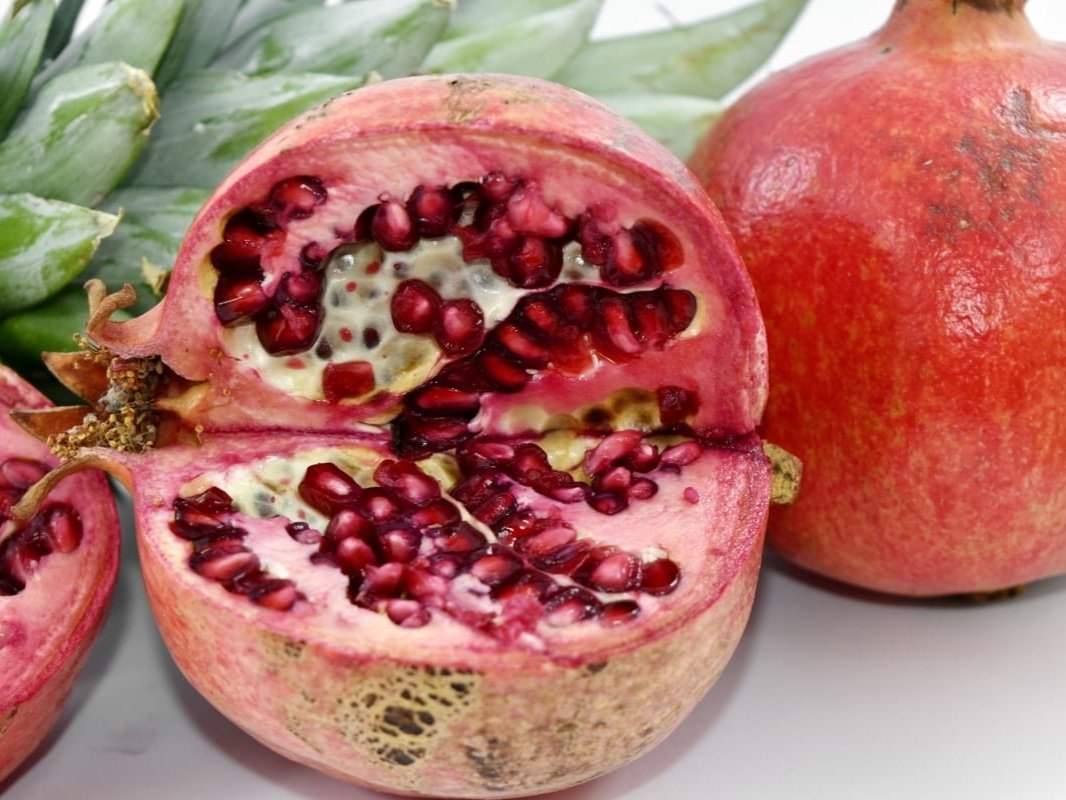Fruit trees from the Middle East
Join us on an amazing trip to the Middle Eastern ‘corner’ of the Orchard and explore the wonderful and diverse edible species to be found there. Learn about their names, varieties and edibility purposes.
If you wish to know more about each of the many many different species and varieties present at the Orchard of Flavours, feel free to dive into the complete database. Or even better, come for a visit and get to know us!
Aloe vera
Edible parts:
More commercially used than the Aloe arborescens although it has less medicinal value. You can apply fresh aloe gel directly to your skin or follow a recipe to make a homemade beauty product. It can also be added to food, smoothies, and drinks. As a food supplement, the leaf gel is said to facilitate digestion, and to improve blood and lymphatic circulation, as well as kidney, liver and gall bladder functions.
Ceratonia siliqua
Carob tree, alfarrobeira
Edible parts:
Seedpods - raw or ground into a powder. Rich in sugars and protein, the pulp is very sweet but fibrous. The pulp can be ground into a fine powder and used as a chocolate substitute.
Phoenix dactylifera
Date palm, tamareira
Edible parts:
Fruit - raw or cooked. The dates are often dried and then eaten raw or used to add sweetness to a variety of foods such as cakes, fruit pies, confectionery etc. Male inflorescence - eaten as a delicacy. Wherever fruiting is poor, the sap is tapped and becomes the main product from the tree. It can be drunk fresh, fermented and drunk as toddy, or distilled.
Prunus dulcis
Amandier, almond tree, amendoeira
Edible parts:
Seed - raw, cooked or dried and ground into a powder for use in confections etc. The whole seed can also be roasted, sprouted or used in cakes, confectionery and pastry. An edible oil is obtained from the seed.
Varieties at the Orchard:
Ferraduel, Ferragnes, Guara, Marinada
Punica granatum
Pomegranate, grenadier, romãzeira
Edible parts / Varieties at the Orchard:
Haku Botan: Ornamental pomegranate with white flowers. Small sized rather sour fruit. Excellent in salads. Medium hard seeds.
Noir du Portugal: As the name suggests, this variety features darker fruit.
Desertnyii: This variety comes from the Turkmenistan collection so it’s rather winter-hardy. Great taste, similar to an orange; sweet/acid. Rather soft seeded. Dried arils (seeds) are great for aperitif.
Eversweet: A very sweet, soft seeded pomegranate, coming from Lebanon. Not very cold hardy. Mediterranean climate only! Heavily bearing, produces from July until fall. Can produce twice a year. Even small immature fruit has a sweet taste! Bush is smaller and less vigorous than most pomegranates.
Gabes: Semi hard-seeded, sweet variety. Harvest between September and October.
Gissarski Rozovyi: Hard-seeded, sweet, mildly tart variety. Has juice that is said to be like lemonade with just the right amount of sweetener. Pretty pink colored skin. Highly rated in taste tests. From Turkmenistan.
Granada: A sweet/acid pomegranate for dark red juice. Only Mediterranian climate. It ripens earlier (1 month)!!! It has a seedless fruit, so it is very convenient to make juice. It has a nice bright red colour and a tart taste.
Kirmiz Qabub: The edible fruit is a berry with seeds and pulp produced from the ovary of a single flower.
Liffani Sweet: A very sweet, soft seeded pomegranate, coming from Lebanon.
Myatadzhy: A rather winter hardy pomegranate from the Turkmenistan collection. A rich sweet taste. The rather soft seeds give this pomegranate a nutty flavour.
Red Acco: Soft seeded, red-skinned, sweet pomegranate from Israel. Dark red arils. Mediterranean climate only. One of the earliest: ripe in August-September.
Sirenevyi: Exciting pink-skinned variety with contrasting dark purple arils. Large fruit has very soft seeds and a complex sweet flavor. From Dr. Gregory Levin's collection at the Garrigala Research Station in Turkmenistan. Big red fruit, very sweet. Soft seeded and big arils.
Vkusnyi: Seedless pomegranate and easy to eat. Large, bright red fruit, juice is garnet red in colour. Fruiting in mid-October. Very good taste; sweet, medium acidity. Contains 60-70% juice. Very good to eat out of hand. Thin skin. Well resistant to cold. Keeps well.
Vitis vinifera
Grape, wine grape, purpleleaf grape, common grape, videira
Edible parts:
Fruit is eaten raw or dried for winter use, The dried fruits are the raisins, sultanas and currants of commerce, different varieties producing the different types of dried fruit. A fully ripened fresh fruit is sweet, juicy and delicious. Widely used in making wine and sweet drinks. Young leaves are wrapped around other foods and then baked, imparting a pleasant flavour.
Varieties at the Orchard:
Decora x Labrusca

